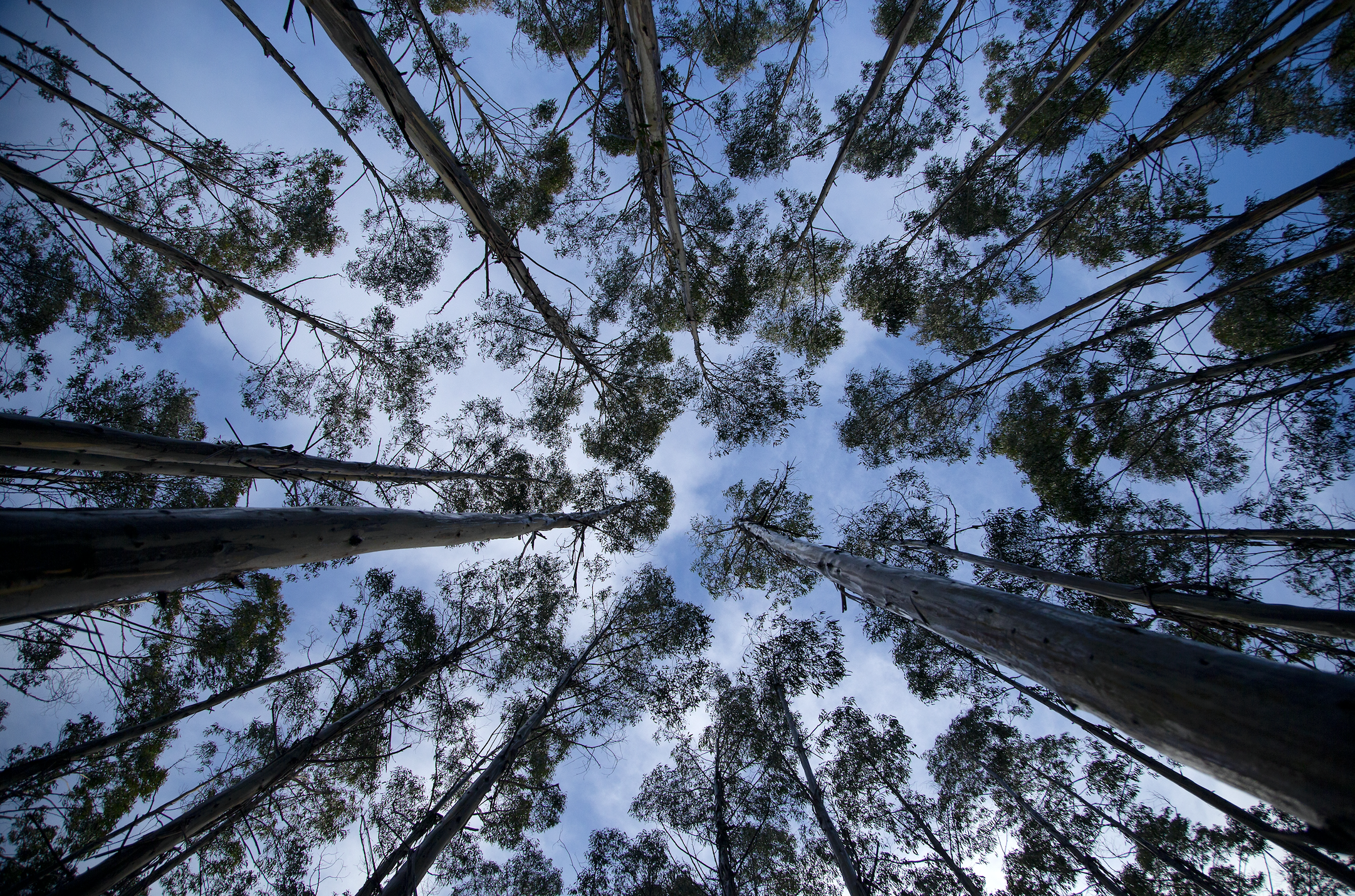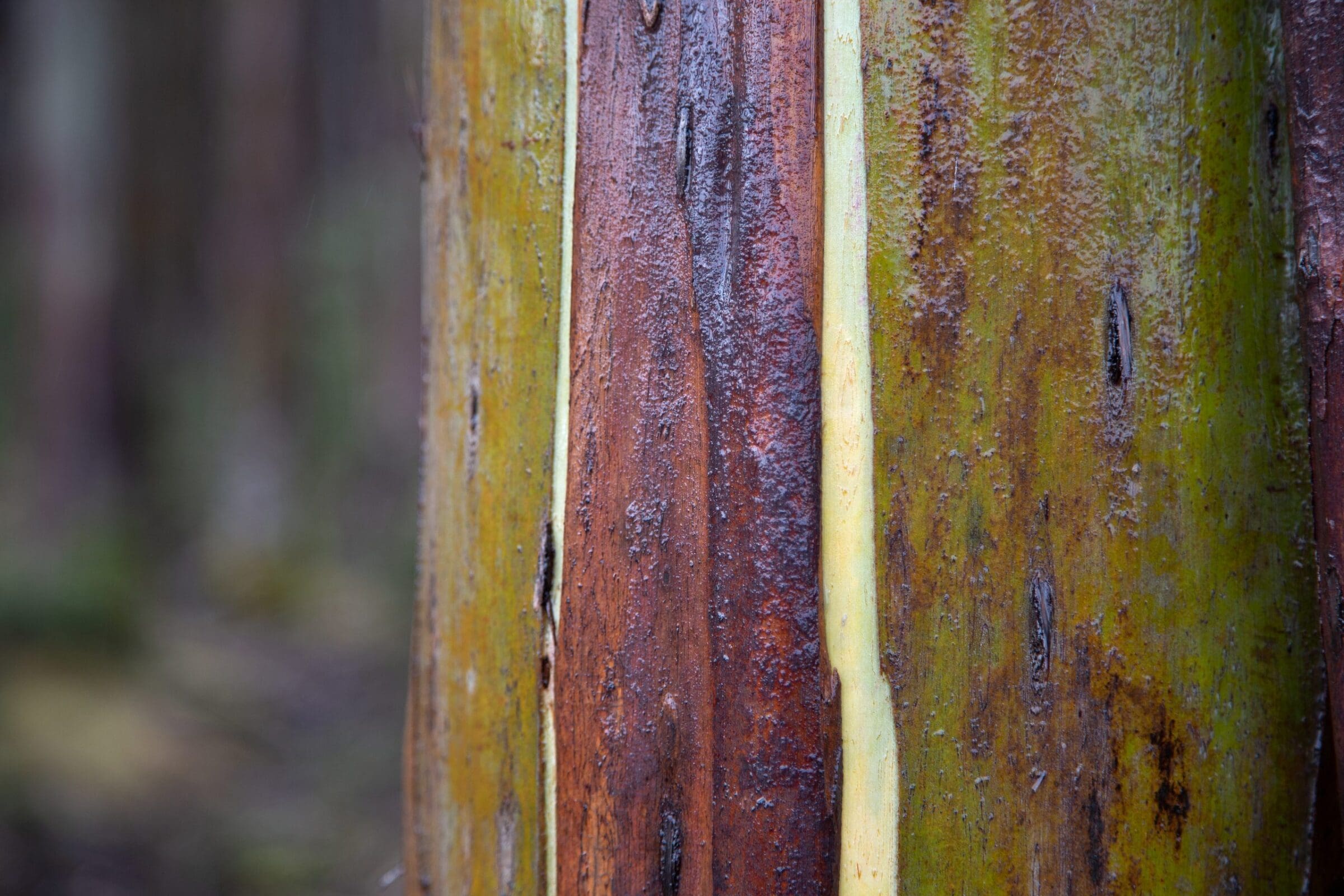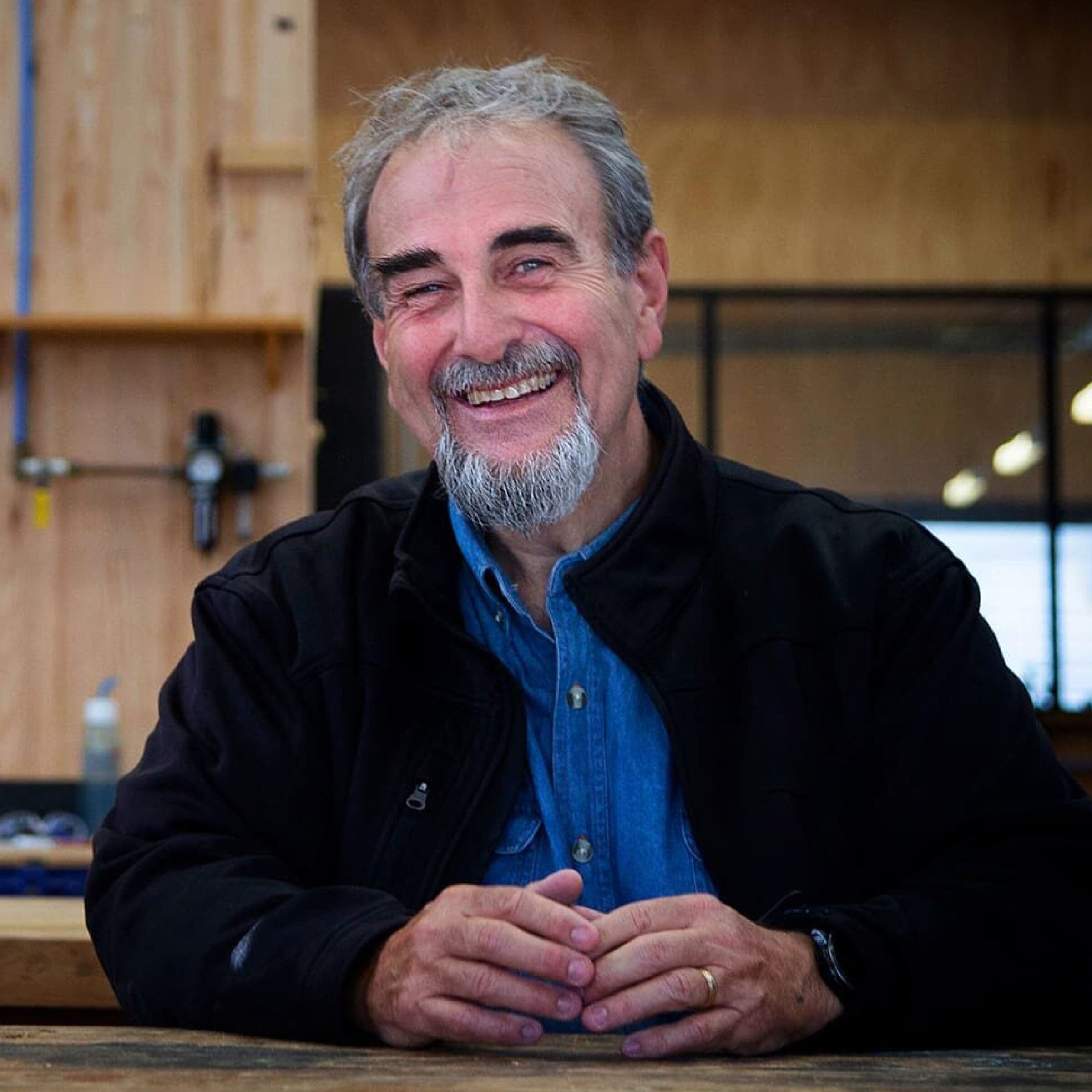David Rowlinson from Planet Ark’s Make it Wood campaign, explains forest certification, why Planet Ark supports sustainable forestry, and how timber is helping tackle climate change.
David Rowlinson is on a mission to help create lasting and significant behaviour change in the fight to protect our environment. With a background in architecture and building engineering, David has spent much of his career in the building product sector, increasingly focusing on the environmental impacts of building and building products. Now with Australia’s most trusted environmental organisation, Planet Ark, David is the program manager for their ‘Make it Wood’ campaign. Designed to encourage the increased use of responsibly sourced wood as a building material and other household items, the campaign argues responsibly sourced, certified wood is the only building material that helps tackle climate change.
In this preview of the latest episode of the Original Thinkers Podcast, we spoke with David to find out more about the ‘Make it Wood’ campaign, how the use of timber is helping tackle climate change, the benefits of using timber in the built environment and why Australians should feel confident in choosing certified timber in Australia.
What are the aims for the Planet Ark ‘Make it Wood Campaign’?
The tagline [for Planet Ark] is positive environmental actions for everybody. It’s really about what we can do, not what we can’t do. What can we do as individuals, corporations, our schools, and councils, to minimize our impact on the environment.
One of the biggest factors in climate change by far is the building and construction sector. Just to give you some sense of that, it’s responsible for about 39% of total CO2 emissions. 28% of that is what we call operational carbon – the energy that’s used to power air conditioning, lighting, ventilation, etc. And a further 11% is what’s called embodied. The energy that goes into the production of building materials. And to put that into perspective, we’re talking pre-Covid here, the airline sector across the world is about 3.5%-4% of total CO2 emissions. So, the building and construction sector is 10 times more than air travel.
Anything we can do to minimise or to reduce the impact in the building and construction sector overall has a very significant part to play. From Planet Ark’s perspective, looking at ways to make the building and construction sector more environmentally sustainable is a great way to [help address climate change]. And within that, timber has a big part to play.
How does wood help tackle climate change in the built environment?
There are three reasons really. The first is that wood is renewable; it’s what we call The Ultimate Renewable. We talk about ecological footprinting, living on nature’s interest, not its capital. To put that into perspective, probably 90% of Australian homes are made using frame and truss from Radiata Pine. That would consume about 12 cubic meters of timber and that can be regrown in Australian plantations in about two and a half minutes.
As we often say, ‘you can’t grow concrete and you can’t grow steel, but you can grow timber.’
The second reason wood is so good for the environment is it stores carbon through the process of photosynthesis. As most people would remember from high school biology, trees absorb CO2 and emit oxygen and as a result of that, about 50% of the dry weight of timber is carbon; biogenic carbon is its technical term. The great beauty is that in the built environment, that carbon can then be stored for many decades and in some cases, centuries. It’s a significant contributing factor by comparison to other more carbon-intensive materials.
And the third environmental benefit is that wood has low embodied carbon. Embodied carbon is all of the energy that goes into the production of building materials, from raw material extraction, transportation, manufacture, life in use, and end-of-life disposal. Concrete and steel have their place, but they’re extremely carbon-intensive. There’s an awful lot of energy that goes into their manufacture. Concrete and steel are individually responsible for about 8% of total CO2 emissions [approximately double that of global air travel]. If concrete and steel was a country, they’d be the third largest emitter in the world behind the US and China.
Studies have been conducted that show we can reduce the embodied carbon by simply changing from concrete and steel to mass timber in larger-scale commercial buildings by up to 75%. It’s not a trivial reduction, it’s a very significant reduction.
The Intergovernmental Panel on Climate Change (IPCC) have said that actively managed forests are one of the best methods we have for helping tackle climate change. What does Planet Ark say about that?
We concur with that completely. It makes very good sense. Before we started the ‘Make it Wood’ campaign in October of 2011, we did a lot of research to make sure that using timber in construction is in line with Planet Ark’s principles because our only significant asset is our brand and if we were to do something that’s going to denigrate that, we would be foolish. There was a lot of research that took place even before the campaign started.
Another thing I would say is that we’ve got to get the wood from somewhere and the forestry sector often gets targeted with a lot of unfair abuse.
We have one of the most highly regarded, very strictly enforced legal requirements in forestry around the world. It’s world-leading.
To put the volume of forestry in Australia into perspective, we’ve got about 134 million hectares of forests, about 17% of the land mass. Of that, less than 2 million hectares is plantation, split roughly 50/50, about half of the plantation estate is softwood, predominantly Radiata Pine for housing and construction and the other 50% is hardwood, which is used mainly in high rotation pulp and paper production. The vast majority of production in Australia comes from 1.5% of the forest area. Of the remaining 132 million hectares of native forest, only about 5 million hectares, about 3.7% of the total is actually accessible for forestry. The vast majority is locked up in conservation reserves. This whole notion of widespread deforestation across Australia, the numbers just don’t support that.
On timber certification in Australia
Certification is a key component. The vast majority of timber that’s used in the building and construction sector would be certified by one or both of the major certification bodies and is independently audited. They’re very strictly enforced guidelines. The main thing is that they guarantee that when a tree is harvested, another one, and in many cases more than one, is planted in its place, retaining that carbon cycle.
It also guarantees that the wood we use comes from well-managed and well-maintained native and plantation forests. Certainly, well above 95% of the timber that’s produced in Australia would be certified.
On FSC vs other types of certification
The systems are extraordinarily similar. There are far more similarities than there are differences. The main one from my perspective is that FSC requires the environmentalist agreement that a forest can be certified, whereas PEFC/Responsible Wood doesn’t require that.
From Planet Ark’s perspective, it’s important to focus on the similarities. They’re third party, independently audited and so on. Both are extremely robust and valid, particularly when you compare them to other alternatives around the world.
The differences between the certification bodies are relatively trivial, I don’t think it is a reason to not to use timber.
Environmentalist support for native forestry has been lacking in our country for many years, despite massive improvements and certification of sustainable practices, it still confuses the general population. If people look for those sustainability certifications on the timber that they’re choosing, can they feel confident that they’re making a good choice?
I think they can. There is a lot of rigor that underpins these things. As I mentioned, in Australia we’ve got a very highly regulated, highly regarded forestry sector. I’ve done a lot of work with Forestry Australia, with the native forest growers and the ecologists that they have on staff, the academics that they have on staff. This is their livelihood. They’re not thugs with chainsaws. This is something they’re extraordinarily passionate about.
There are very strict regulations for what you can do. To think that they just blithely go through and just don’t give a damn about it, it’s just not true. There’s a lot of academic research. There’s a lot of science and a lot of very well credentialed professionals in the industry that understand these things. That’s why Planet Ark has been so happy to support the forestry sector and particularly the use of wood in building and construction.
To hear more from David on biophilia, the benefits of mass timber in the built environment and the impacts of the ‘Make it Wood’ campaign, have listen to the podcast interview here.




















